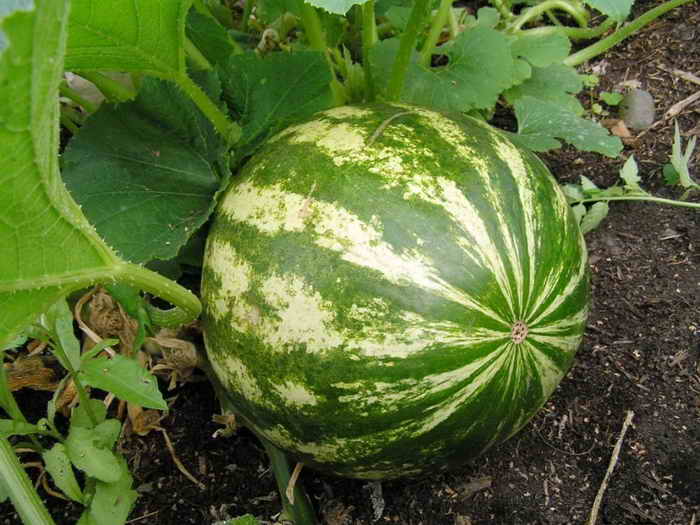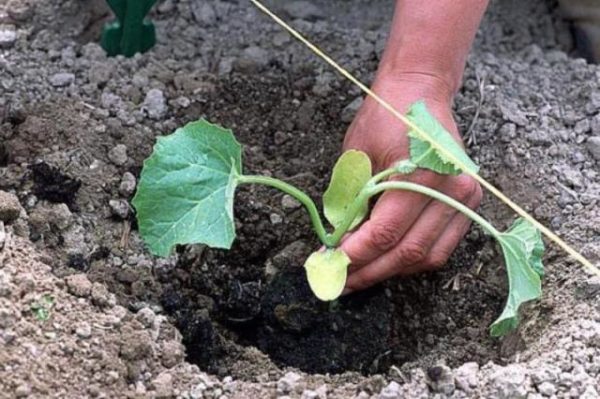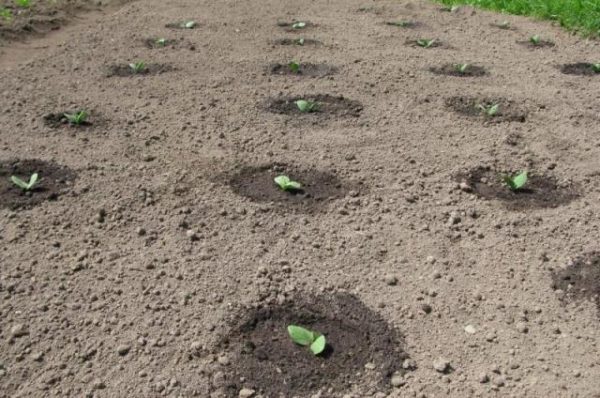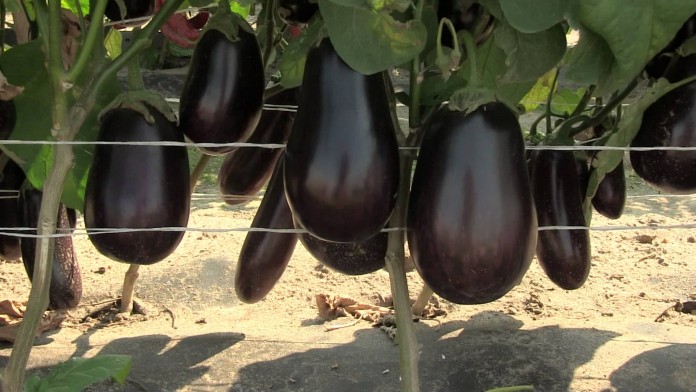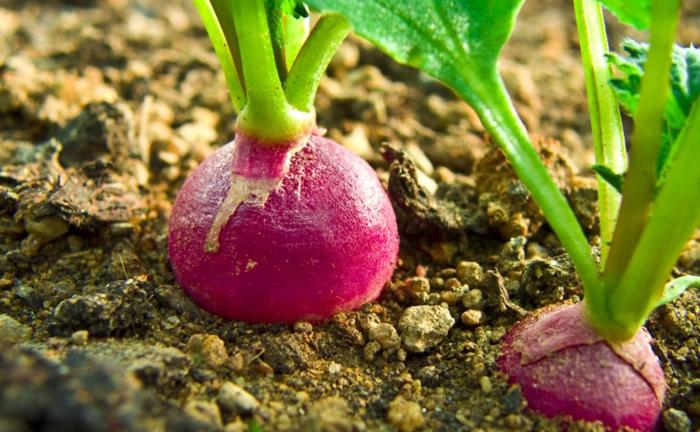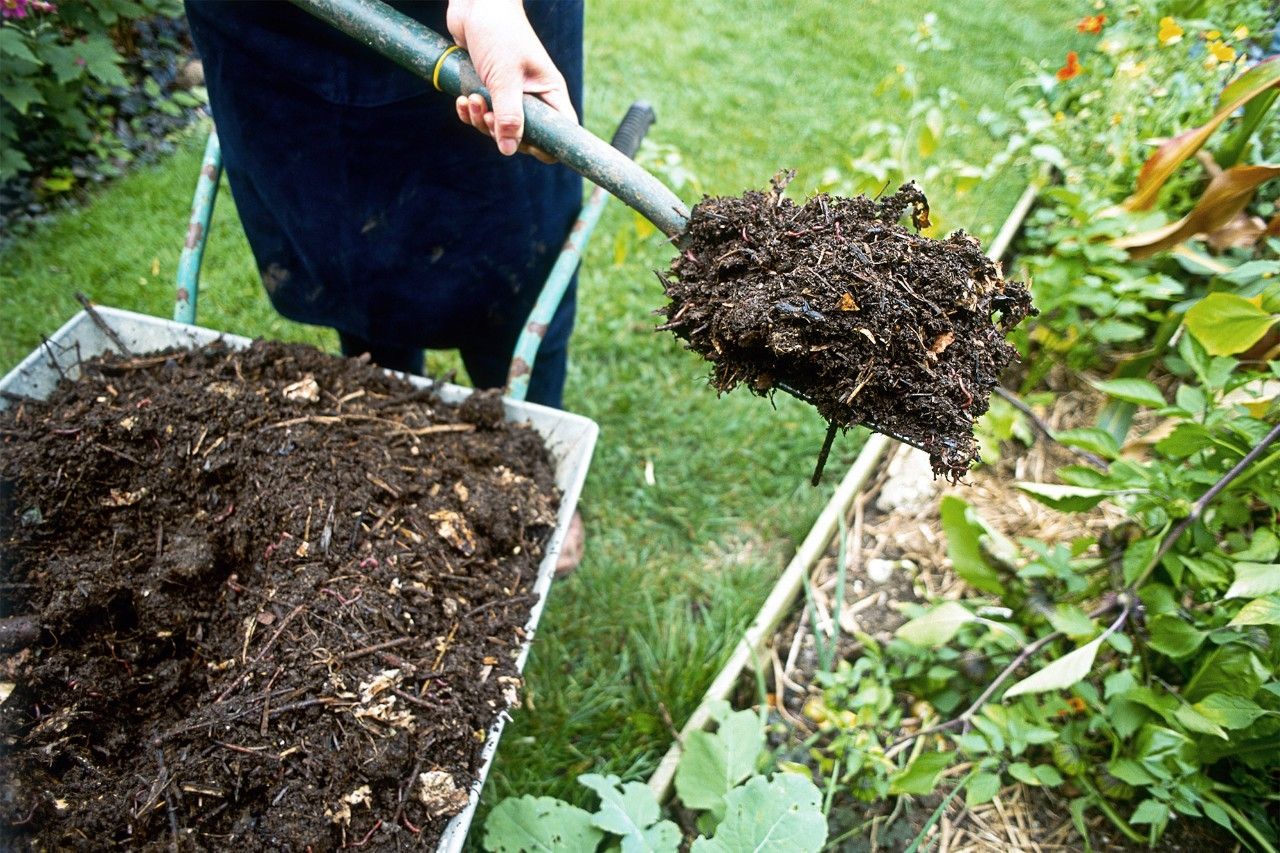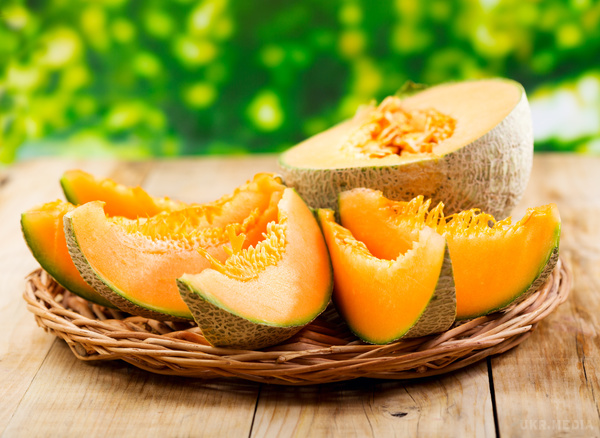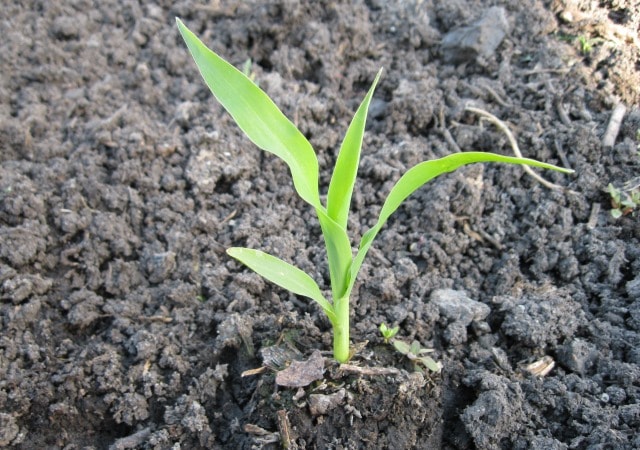Content:
In recent decades, it is possible to grow watermelons in almost any regions of our country thanks to the efforts of breeders - they have created many new varieties and hybrids of this sweet berry, which can grow even in Siberia and the Urals, while yielding good yields of tasty and sweet fruits.
Few people do not like these sweet juicy fruits, but they really want to pick these largest berries in their garden. Therefore, many vegetable growers experiment and can sow different varieties of this melon crop on their site, because they know well how to plant watermelons correctly.
Planting watermelons in open ground is a fairly simple procedure, but if it is not done on time or is late in planting the seeds, then these delicious berries may not ripen. Many gardeners have seen how a watermelon grows, so they know that this climbing melon crop requires a fairly large area. How to plant a watermelon in the garden or in a polycarbonate greenhouse, what are the nuances of planting this large berry will be described below.
How to plant watermelons in open ground
How to plant watermelons and where to start are easy questions. And you should start by choosing a variety that will be zoned to a specific region. In the conditions of the Moscow region, the Urals or the Far East, it is better to choose varieties that are distinguished by early maturity so that they have time to ripen in conditions of a short cold summer. Also, it is not worth planting watermelons with large fruits in such conditions - they will have time to grow to the required size only in the south of our country.
Therefore, before buying bags with watermelon seeds, you need to carefully read the annotation printed on the package - it will definitely tell you about the timing of its ripening.
How to plant watermelons - in a seedling or non-seedling way - depends on the climatic conditions of the area and the desires of the melon grower himself. In the southern regions, seed material is immediately placed on the beds, in the middle lane and similar regions, seedlings are often grown first, which are transplanted to a permanent place after the spring cold snaps pass.
In any case, you need to start by soaking the seed. Since the outer shell of the seeds is quite hard, without soaking this melon crop will germinate for too long, and in a short summer, vegetable growers usually count every day. Therefore, the purchased seeds should be wrapped in a cotton cloth and placed in a container filled with a weak solution of potassium permanganate. Then the container is placed in plastic wrap and placed in a warm place. The film must be opened every day for airing and the solution must be changed before the seed is pecked.
Time and temperature when you can plant watermelons
The time when to plant watermelons in the beds is usually chosen according to the lunar calendar. In 2018, favorable days for planting watermelon seeds in open ground are from May 5 to 11, as well as June 6, 11, 12.
In the open field, planting watermelons and melons should only be done in warm soil. The soil should warm up to a temperature of 13-14 ° C to a depth of 9-11 cm. The hatched seed material is buried in shallow trenches (up to 5-6 cm deep).
Landing rules
Knowing how to plant watermelons in the ground, you need to remember that the quantity and quality of the future harvest directly depends on the fertility and looseness of the soil.
Therefore, the next stage of the preparatory work begins with the selection and preparation of a site for this melon plant. The place for planting melons and gourds should be well lit by the sun's rays, protected from all directions from gusts of cold winds and be fertile.
When growing watermelons, you need to remember the rules of crop rotation. - in the same place, watermelons (like other melons and gourds) can be grown once every 5 seasons. The best predecessors for them will be: tomatoes, potatoes, any vegetables and siderates from the cruciferous family, as well as all representatives of the legume family.
- In the spring, when preparing the beds, mineral fertilizers are applied to the soil: 1.5 tsp per 1 m². potassium salt, 1.5 tbsp. l. superphosphate and 1 tbsp. l. ammonium sulfate. Correctly selected composition of the mineral supplement activates the growth and development of the vegetative mass of watermelons, promotes better formation of ovaries.
- Planting holes are dug under the planting of seed, into which 1.5-2 liters of water are poured. After the water is absorbed, a nutritious substrate consisting of humus, wood ash, complex mineral fertilizer and peat is laid on the bottom of the pits, leveled and watered again. When the moisture is absorbed, 4-5 hatching watermelon seeds are placed in each hole, and they are covered with a layer of earth 3.5-4.5 cm thick on top.
- After 2-3 true leaves appear in young plants, of all the plants that have grown in the hole, one of the strongest is left, and the rest are removed.
- When growing this plant by the melon method, the seeds are planted in separate peat cups, together with which they will subsequently be transplanted to a permanent place. The cups are filled with a nutrient substrate, the soil is moistened and the seed is planted. It is necessary to deepen the seeds by 2.5-3.5 cm. On top of the containers are covered with polyethylene and placed in a warm place (where the temperature is kept around 22-24 ° C). At night, the temperature can be reduced to 19-20 ° C.
- After the first shoots appear, the film can be removed, and the room temperature can be reduced to 17 ° C for 3-4 days. This is done so that the seedlings do not start to stretch up too much. Then the temperature is raised again.
- The soil in the cups should be constantly moistened so that the watermelon seedlings do not begin to dry. These plants need good lighting and warmth to grow. 7-10 days after the sprouts appear, they should be fed with nitrogen-phosphorus fertilizer.
- 7-9 days before transplanting to a permanent place, the seedlings of watermelons begin to harden, first taking them out into the fresh air for half an hour, gradually lengthening the time they spend outside.
Landing scheme
When planting watermelons in rows, the scheme will be as follows: the average distance between the holes is 0.8-1.4 m, between the rows - 1.4-1.6 m.When planting this culture in a square-nested way, the holes should be at a distance of 0.9 -2.0 m from each other.
The cups with seedlings should be planted in open ground in the dug holes so that the cotyledon leaves are above the ground level.The distance between the planted seedlings is at least 1.3-1.4 m.
The first 7-9 days, while the plants are acclimatized in a new place, they need to be watered with filtered warmed water.
Care, cultivation agrotechnology
What care should be provided for growing watermelons? In a nutshell, we can say that this melon culture needs abundant watering and feeding. Without moisture, the fruits will not be able to gain the desired sweetness and juiciness. But excess moisture is also detrimental to this giant berry - it will be watery.
Vegetable growers engaged in cultivation of melons from season to season know well how watermelons grow. This culture requires abundant, but not frequent watering during the period of growing vegetative mass, and after the appearance of ovaries, the amount and volume of water increases.
If the summer is hot and dry, then the volume of watering the watermelons is increased. Usually, in this weather, you need to water this culture abundantly every 6-7 days. During the period of growth and ripening of fruits, soil moisture should be 80-85%.
Sandy and sandy loam beds need to be watered more often, since they practically do not retain water. And clay soil is watered less often.
13-15 days before the harvest is fully ripe, watering is completely stopped so that the berries have time to gain the desired level of sugar content.
During the period of growth and ripening of fruits, watermelons are fed at least 3 times, and at least a couple of liters of liquid fertilizers should be applied to each plant.
7-10 days after transplanting the watermelon seedlings to a permanent place, the plants are fertilized with the following nutrient mixture:
- 2 tbsp. l. superphosphate fertilizer;
- 1-1.5 tbsp. l. ammonium sulfate;
- 1-1.5 tsp potassium salt.
During the period of active growth of the lashes, you need to feed the watermelons again. This top dressing contains the same fertilizers as the first time, only the rate of phosphorus and potassium elements is halved. When the fruits begin to ripen, the last feeding is carried out, which includes 20 g of ammonium sulfate, 10 g of phosphorus fertilizer and 35 g of potassium salt.
To make liquid fertilizing, circular grooves are dug around the bushes at a distance of 35-40 cm, into which nutrient mixtures are poured. The furrows are then carefully buried.
If you adhere to all the rules for growing melons, then at the end of the season it will be possible to collect large and sweet watermelons.
